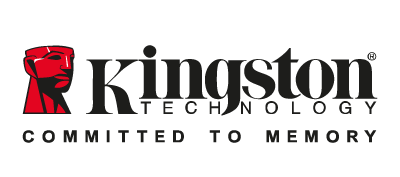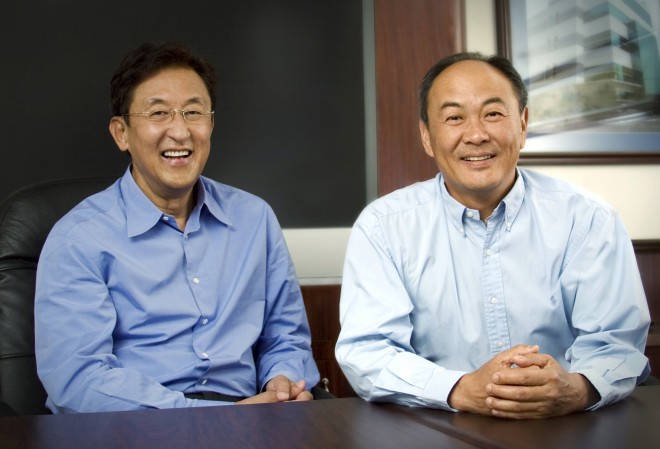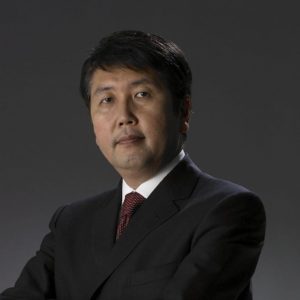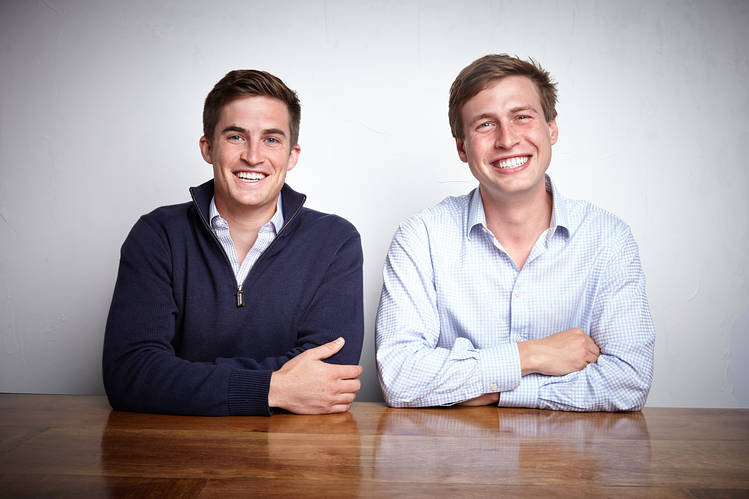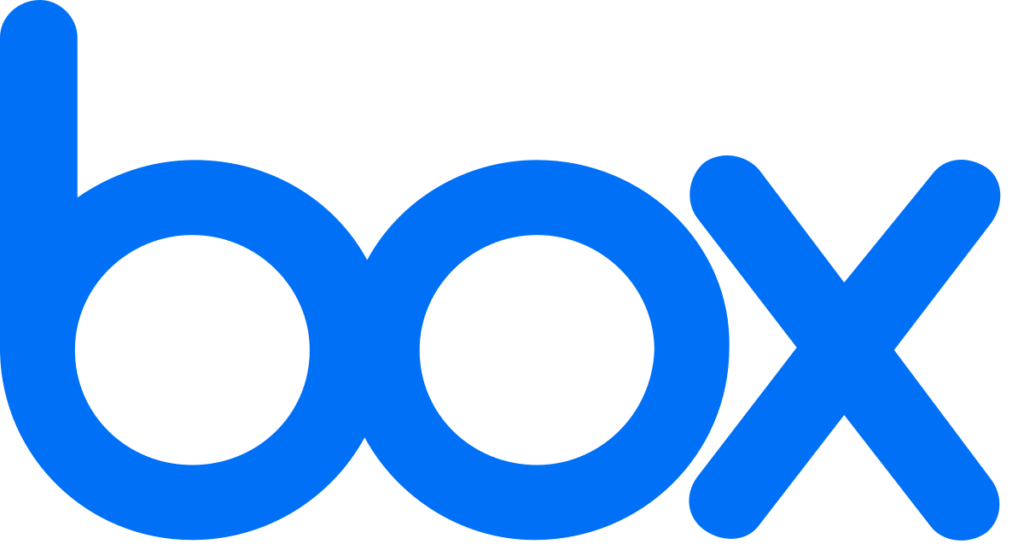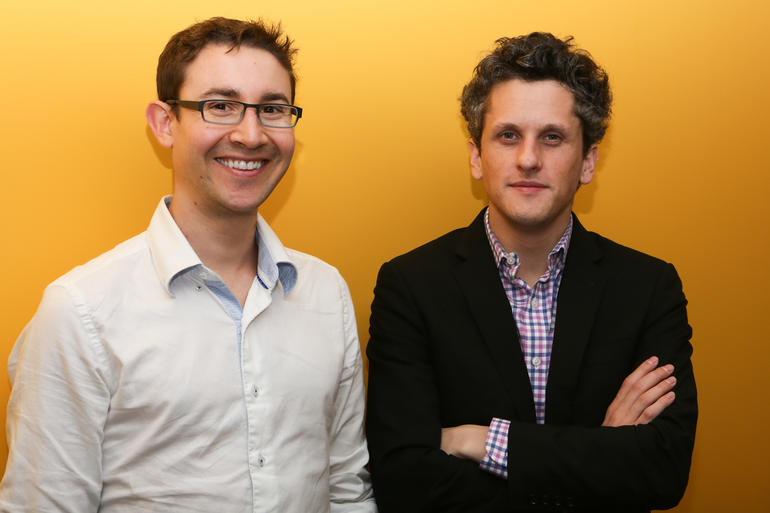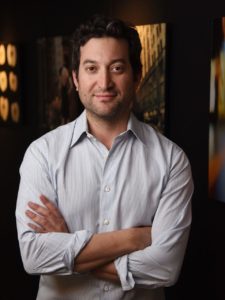Go-Jek : The Popular Ride-hailing Service and One of the First Unicorns of Indonesia
Two decades ago, there were a few companies like eBay and Amazon that dreamt about the home-delivery and online shopping service. Later, people went to start ride-hailing through apps making our lives even easier. And today, we have got hundreds of such services, some really successful and some are still struggling for survival. One such service or we say platform, providing multiple such services, is Go-Jek. A company, despite running in only five countries, is a Unicorn, and in fact, is the first Unicorn company from Indonesia. The company is dedicated to providing three services in three categories, i.e., Go-Ride, Go-Send and Go-Mart, offering 18 app-based on-demand services.
Go-Jek was founded by Nadiem Makarim in 2010, as motorbike hailing service with a fleet of 20 motorcycles. The company ran a call centre to receive bookings for the motorbike rides and would send a notification to the drivers nearby for the pickup.
The Founder
Nadiem Makarim, a native Indonesian, was born on 4 April 1984 35 in Singapore to a lawyer father. Makarim completed his high school education from Jakarta, and later, joined the Brown University, from where he received a graduate degree in BA. He then went to Harvard University and pursued an MBA degree.
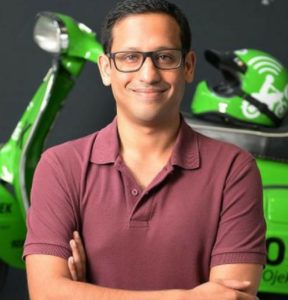
After completing his education, he came back to Jakarta and started working at McKinsey & Company as a management consultant. He then left his job to start his entrepreneur journey, and to co-found an online fashion shop, named Zalora. But later, he had to leave the company and joined Kartuku a payments service provider, as the Chief Innovation Officer.
Founding Go-Jek
Makarim mostly used motorcycle taxis for transport. This was the cheapest and convenient method for daily travel. With time, he realised that there is a great opportunity in the business. So he went to co-found Go-Jek in 2010. The name was inspired by word Ojek that means motorcycle in Indonesia.
In the beginning, there was a lot of wait time for the drivers as there was no effective method to connect the driver and the passenger, such that the passenger took a lot of time to find the driver. This was a big issue, and Makarim wanted to solve it. Despite that, the company had joined in about 200 drivers by 2014. The next year, finally Makarim launched an app for the platform, such that it became really easy for the drivers and the passengers to track each other in time.
Becoming the Unicorn
The company raised a $1.5 billion in fundraising in 2014, becoming a unicorn within four years of its inception. In another round of funding, the company raised a $550 million in August 2016, and companies like, Google and Tencent, being among the prime investors. It also received a sum of investment from Indonesia’s biggest companies, Astra International and Blibli.com, the same year. The company was the most popular ride-hailing service provider in the country.
The same year, Go-Jek partnered with the renown Indonesian taxi company Blue Bird and expanded its service to taxis with the name Go-Car. It also launched an auto service, named Go-Auto, the same year. It also went to acquire two Indian companies, C42 Engineering and CodeIgnition. Other than that, Go-Jek also acquired India-based app development company named Leftshift and a healthcare startup Pianta. It also took over another Indonesian company that provided online ticket booking and event management service, named Loket.com.
In 2017, Go-Jek expanded its services into the fin-tech field through its Go-Pay virtual wallet and acquired companies named Kartuku, Midtrans, and Mapan. The users can use the wallet to pay in any retail shop, both online and offline. They can also withdraw money at the partner banks’ ATMs. The company also added the payments through QR scanning after getting a license from the central bank in the same year. Go-Jek has also partnered with Google for its GPS service and soon will be partnering with Amazon for its retail services.
The Expansion
In 2018, the company valued at $5 billion, exceeding the total market cap of all transportation companies in Indonesia Stock Exchange. Today, the company has its international offices in Singapore, India, Vietnam, Thailand and the Philippines.
Through its food delivery services, Go-Jek has partnered with about 250,000 merchants in Indonesia. The company has also established a food and beverage selling service through its Go-Food merchants. The company is hosting a fleet of 1,000,000 vehicles for its ride-hailing service alone in Indonesia. Along with that, the Go-Jek branches include Go-Ride, Go-Shop, Go-Mart, Go-Box, Go-Tix, Go-Clean, Go-Plus, Go-Bills, Go-Massage, Go-Play, Go-Studio, and more.
As of February 2019, the estimated value of the company is about US$10 billion.

Yashica is a Software Engineer turned Content Writer, who loves to write on social causes and expertise in writing technical stuff. She loves to watch movies and explore new places. She believes that you need to live once before you die. So experimenting with her life and career choices, she is trying to live her life to the fullest.

